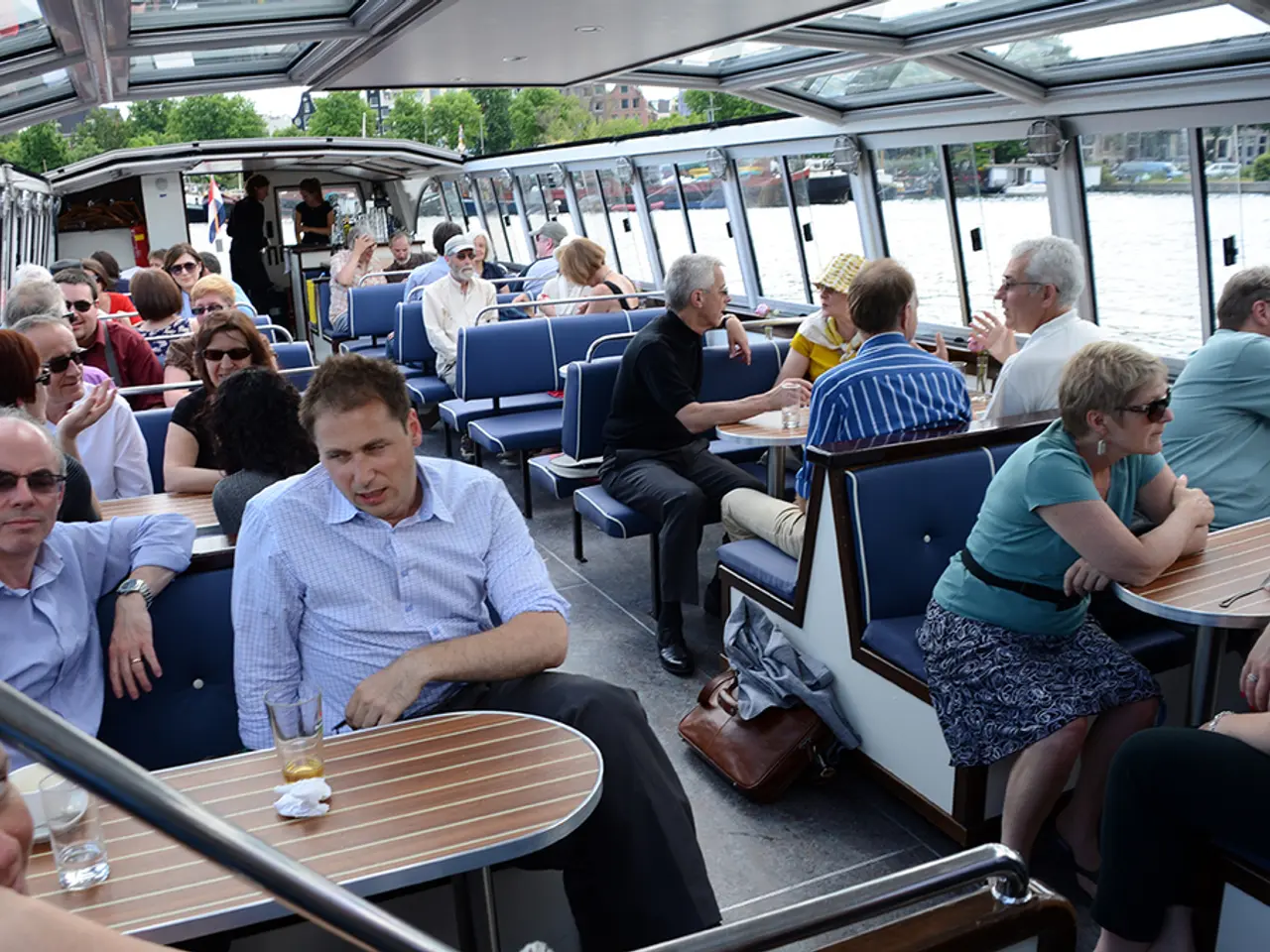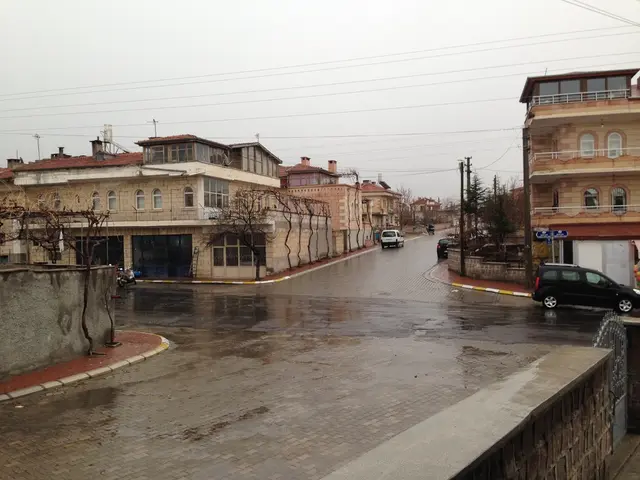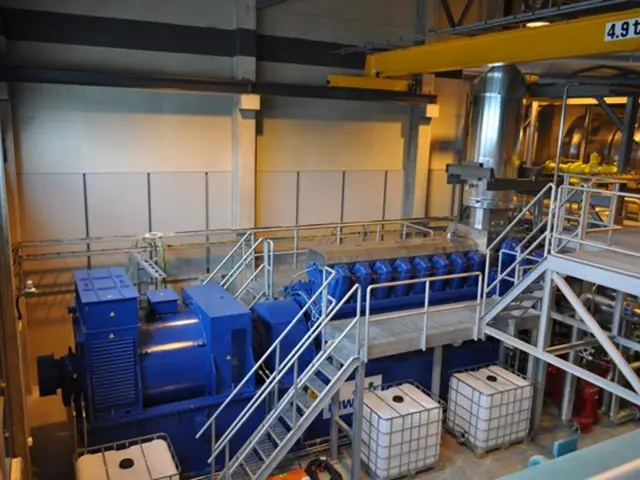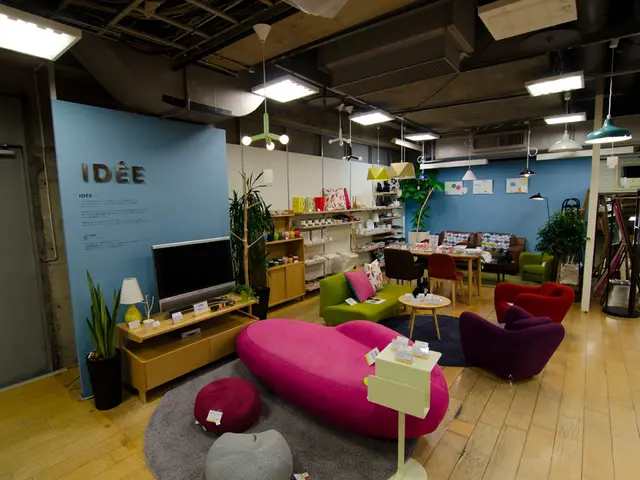Tourist Activities Dwindling Fresh Water Reserves on Baltic Island
The Baltic Sea island of Usedom, a popular tourist destination known for its beaches and resorts, is grappling with a significant issue - water scarcity. During peak tourist seasons, the demand for drinking water, particularly in the mornings, skyrockets, with each guest consuming three to four times the average consumption in private households.
This high demand has pushed the price of a cubic meter of water on Usedom to be one euro higher than on the mainland. With about 80,000 guest beds on the island, serving a local population of around 31,000 inhabitants in the German part, the strain on the island's water resources is evident.
One-third of Usedom's drinking water is sourced from the mainland, yet this is not a sustainable solution in the long run. The local population bears the brunt of the high water consumption due to the tourist infrastructure, with wellness hotels featuring pools and spa areas contributing significantly to the problem.
To address this issue, long-term solutions are being explored. These include the expansion and modernization of water supply infrastructure, such as increasing reservoir capacity and improving water treatment and distribution systems to handle seasonal peak demand and drought conditions.
Another approach is the implementation of water-saving technologies and practices in tourism facilities. This could involve low-flow fixtures, water recycling (e.g., greywater reuse), and encouraging behavioural changes among tourists.
Diversification of water sources is also being considered, possibly by integrating groundwater extraction with rainwater harvesting or desalination methods. However, desalination in Baltic regions is less common due to environmental and cost concerns.
Integrated water resource management, coordinated among local authorities, tourism operators, and communities, is another key strategy. This would optimise usage, reduce leaks, monitor supply, and ensure ecological sustainability.
Regulatory measures and incentives are also being proposed to promote water conservation. These could include standards for new developments, pricing structures that reflect scarcity, and public awareness campaigns specifically targeting seasonal tourists.
The association responsible for the island is currently seeking additional resources to address the water issue. Despite recent rainfall, the water situation on Usedom remains critical, underscoring the urgency for a long-term solution. Balancing tourism growth with resource sustainability is crucial to avoid long-term water shortages on the island.
- The high consumption of water during peak tourist seasons on Usedom, coupled with the demand from traditional households, initiates a debate in the field of environmental science, particularly climate-change impacts on water resources.
- As a long-term solution to address the water scarcity issue on Usedom, the association is considering lifestyle changes for tourists, such as implementing water-saving practices in their hotels and resorts, to minimize the strain on the environment.
- In a bid to ensure the sustainability of the island's water resources, officials are exploring travel possibilities that emphasize eco-friendly practices, such as implementing water-saving technologies and encouraging responsible water consumption among tourists.




